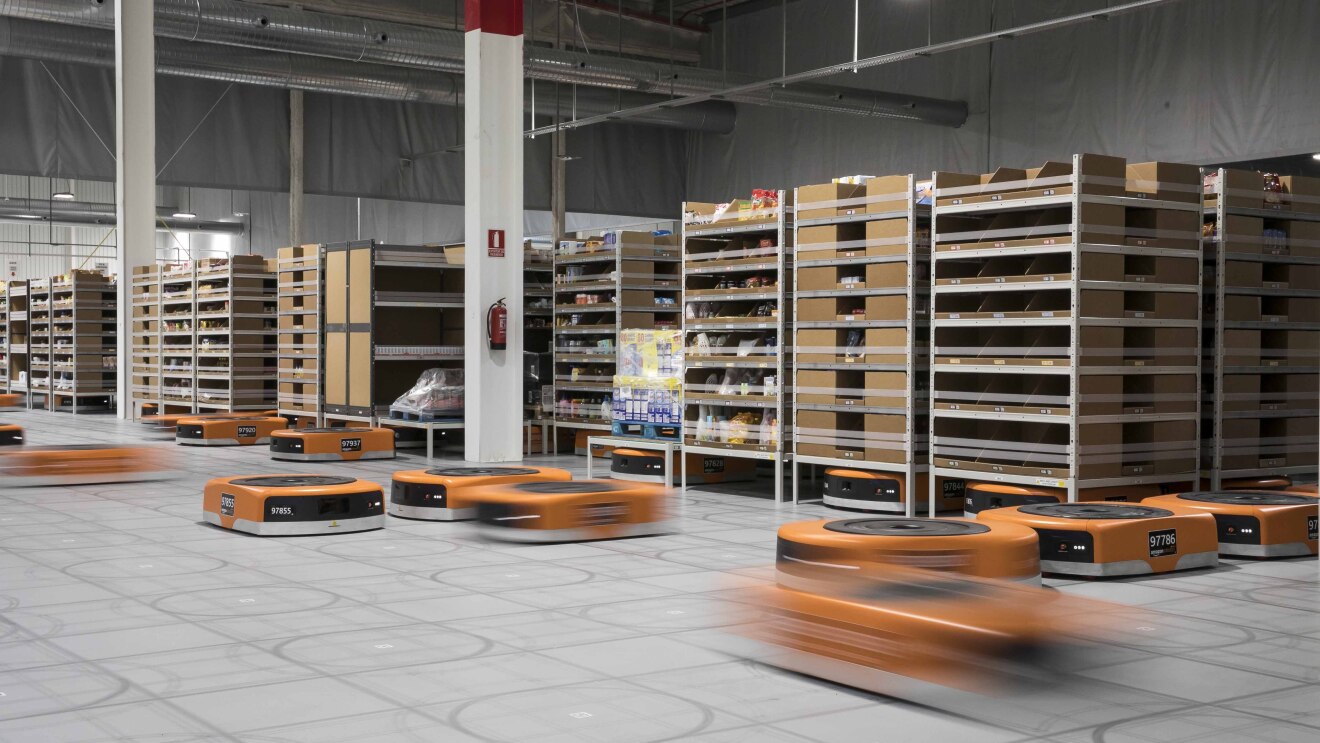When an Amazon customer opens her front door to greet that familiar cardboard box, it’s possible that any one of the company’s 100,000 drive units, 30 palletisers or six robo-stows played a part in the package’s delivery. A review of facts and figures associated with Amazon robotics within fulfilment centres is certainly nothing short of impressive.
But when breaking the bots down by the numbers, one clear figure—a human figure—emerges as paramount. That symbolic human figure represents both the customers on the receiving end of every box that’s shipped out as well as the human associates working to expedite each delivery. As for the bots? Well, they just do the heavy lifting to ensure that goal comes to life.


